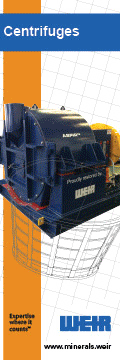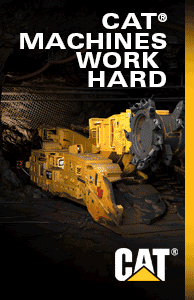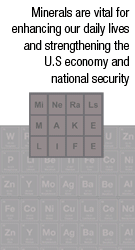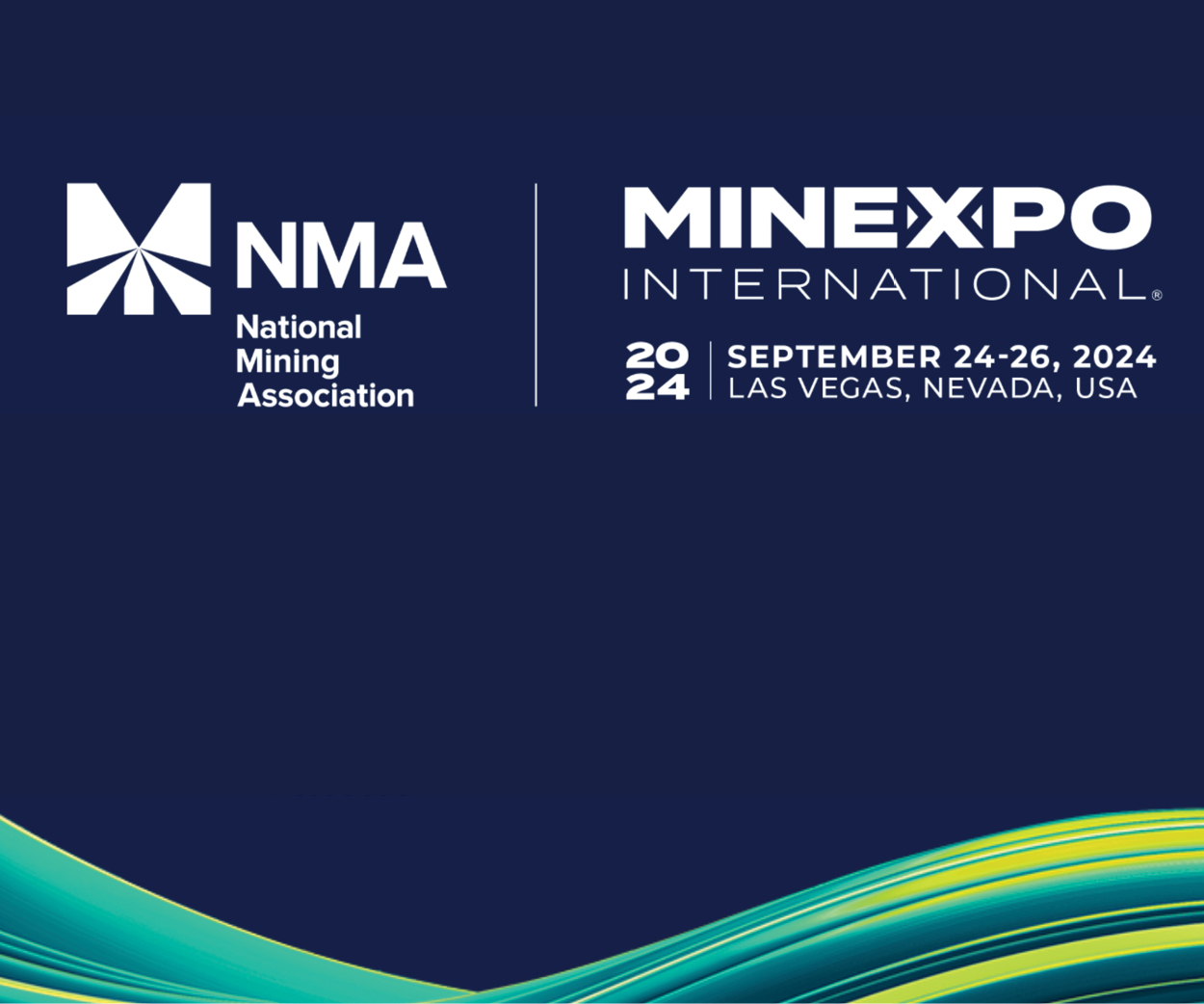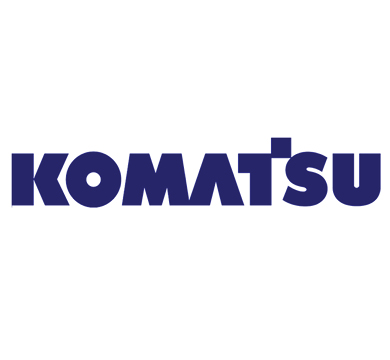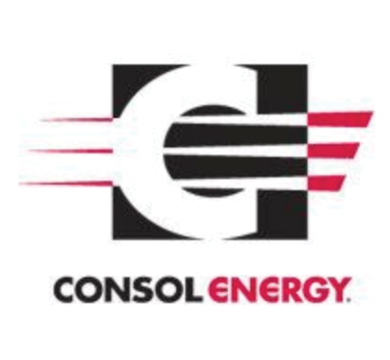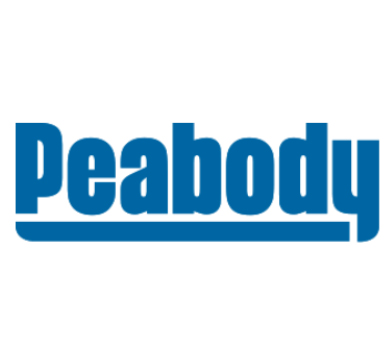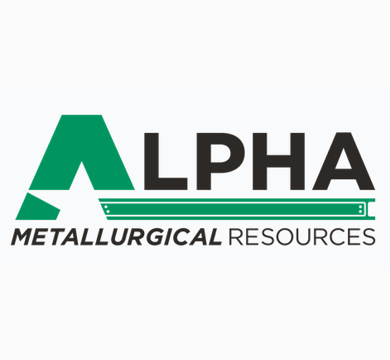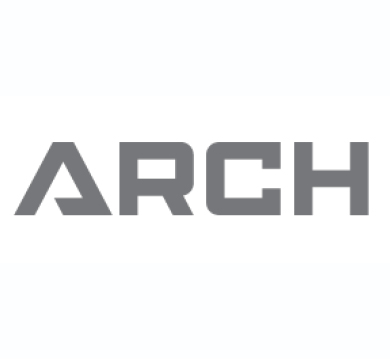Researchers Sample North Dakota Coal for Rare Elements
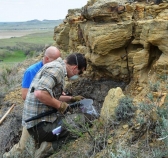
State geologist Ed Murphy and geologist Levi Moxness collect coal from seams along buttes in the Little Missouri Badlands.
[Click image to enlarge]
Armed with gallon Ziploc bags and a pick axe, state mineral researchers are sampling North Dakota coal to make a model for finding rare earth elements in the state’s coal seams.
The researchers have been working on the project since 2015, taking 472 samples at 60 sites across the Little Missouri Badlands.
Rare earth elements include valuable materials, including europium, holmium and scandium, and are used in a multitude of modern technology — magnets, hard drives, batteries and lasers — with about 90 percent of the world’s supply controlled by China. This foreign dependence is driving industry to look closer to home.
It has helped that North Dakota Department of Mineral Resources geologists — Ed Murphy, Ned Kruger and Levi Moxness — already knew where to look as a result of their experiences from previous projects. The researchers sampled the region where uranium mining historically took place, mostly in the 1950s and ‘60s, in western North Dakota.
Decades ago, companies needed a federal allotment to mine uranium, said Murphy, the state geologist. When the allotment requirement was lifted, companies were able to mine it anywhere. With the high cost of transportation from North Dakota, the nine to 16 mines in the state closed.
But industry could find value there again.
The researchers picked coal from surface seams along Badlands buttes.
“You can just walk up the slope and target the coals,” Murphy said.
Of the samples taken, 19 met the industry profitability standard of 300 parts per million, said Kruger, subsurface geologist.
“It seems to be kind of hit and miss,” he said of the concentrations that are often variable within a seam.
But after taking samples from a wide area, Kruger said trends were found with higher concentrations in the thinner coal seams and higher concentrations at the top or bottom of the seams. Once that was discovered, the averages went up.
The thickest seam sampled was 18 feet. Most coal seams at the state’s commercial mines are 7 to 15 feet thick on average. But because of the elements’ concentration on the outside edges of the seams, it could be easy enough to separate them out. The researchers have been analyzing the data for about three weeks in order to devise a model for exploration.
“We know a lot more than we did two years ago,” Murphy said.
The study received one-time funding from the Legislature during the 2015-17 biennium. Originally, it was to include 100 samples, but, after finding success, it was expanded to its current level and given $110,000 in funding.
The researchers plan to publish their results this fall.
“We still have more work to do,” Murphy said.
With the first round of sampling out of the way, the researchers know where to target next to gather more comprehensive data. They will go laterally, focusing on about a dozen sites where high concentrations were found, to see how much the concentrations change along the seams.
They hope to receive a portion of U.S. Department of Energy funding to do this and determine economic feasibility, according to Murphy.
They plan to work with industry on a project to be overseen by Microbeam Technologies, Inc. developing low-cost analysis techniques that would fit into typical mining practices. The project would cost nearly $500,000 and is seeking $224,000 from the North Dakota Industrial Commission through the state’s Lignite Research Fund.
So far the DMR geologists have found all of the elements in every sample but they particularly hope to find concentrations of heavy elements, which are worth more. Where they have found higher concentrations, the ratio has been at least 1:1, some higher, with 2.7:1 being the highest, Kruger said.
The estimated cost of the second phase is $50,000, according to Murphy, who said the model on which they’re working might be enough to send companies digging or they may choose to wait to see if there’s lateral consistency in their results for phase 2.
Murphy said they plan to have a report for phase 2 within a year.
Source: (July 23, 2017) Bismarck Tribune
Be in-the-know when you’re on-the-go!
FREE eNews delivery service to your email twice-weekly. With a focus on lead-driven news, our news service will help you develop new business contacts on an on-going basis.
CLICK HERE to register your email address.





